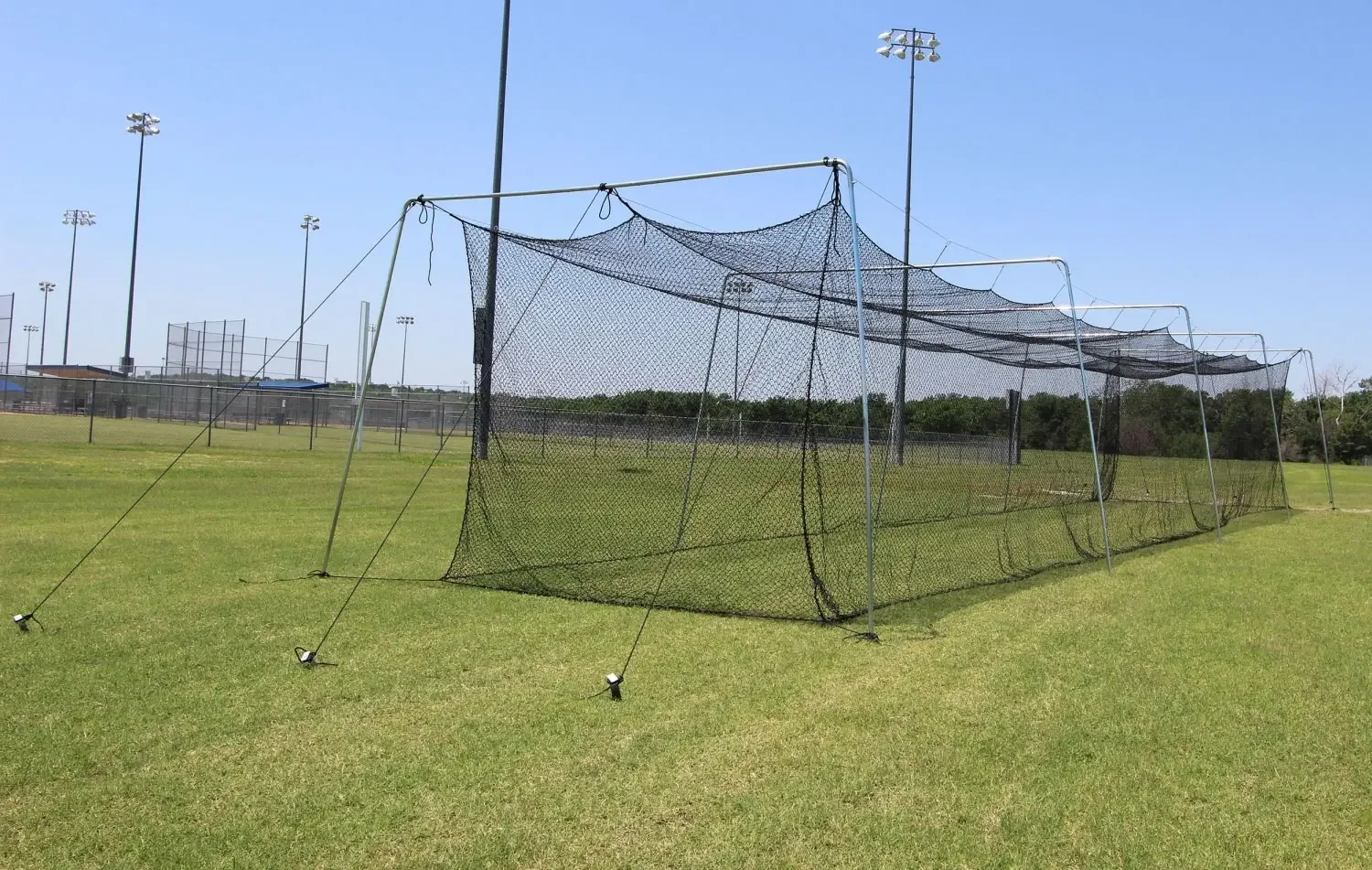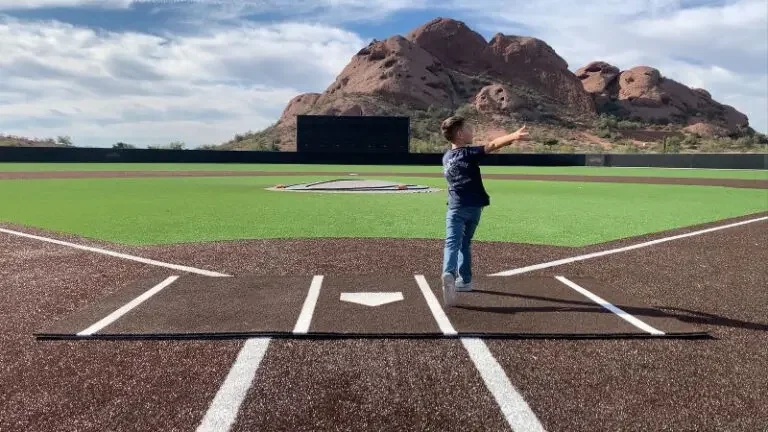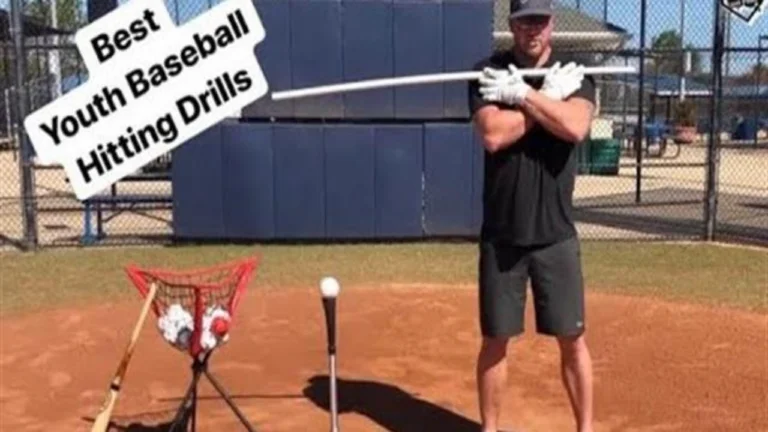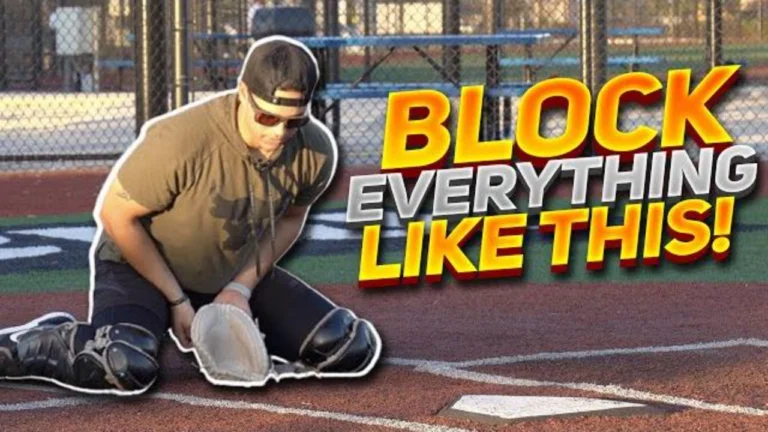What You Need to Know Before Buying a Batting Cage
There are a lot of choices in the world of batting cages. Here’s what you need to know to make the choice that’s right for you.
How many swings does it take to be a great hitter?
How about 10,000 hours worth? According to Malcolm Gladwell, author of the popular book “Outliers”, that’s about how many it takes. And it makes sense.
So how does a young person get to 10,000 hours worth of swings?
If the only batting practice your budding young player gets is at the team practice, he’s not getting near enough swings to develop his skills fully. And if you’re hitting in the backyard or a practice field, you’re spending way too much time retrieving baseballs and not enough time swinging the bat.
The solution to the problem of not having enough practice swinging is the batting cage. If you’re serious about developing hitting skills, a batting cage is almost indispensable. You can swing the bat over and over again, and you don’t have to waste much time retrieving the balls.
So if you’re ready to take the plunge and get a batting cage, what do you need to know before you make that big purchase? Here are some of the things you should know before deciding which way to go.
How Are You Going to Use Your Batting Cage?
The kind of use and placement of your batting cage are the first things to consider before purchasing one. The three main considerations are:
Let’s take a look at each.
- How heavily will the cage be used?
- How many years will it be used?
- Will it be placed indoors or outdoors?
How heavily will the batting cage be used?
The less usage you anticipate, the smaller the gauge of the net is required. A thinner net doesn’t last as long, but if the net doesn’t get much use, you can save money on a smaller gauge.
If you foresee your net being used lightly by only one child for only a few years, then a smaller gauge might suffice. But if you expect several siblings over a long period of time to use the cage heavily as they grow older, then a thicker net will be a better long-term investment. And if you expect your players’ teams to be using the cage on a regular basis, plan for even stronger nets.
How many years will the batting cage be used?
If you think the cage is only going to be used for a few years until your young player reaches high school, then, once again, you may be able to get away with thinner netting. Nets wear with age, but thinner nets wear faster. Plus, younger players put less stress on nets.
The size of the cage is also affected by how many years the cage will be used. For younger players, smaller cages will suffice. For players ten or under, 30-40’ is probably sufficient. If you expect your young hitter to continue in baseball up to the high school level, you probably need to extend the cage to 40-60’. For high school, 60’ is a minimum, and for college and pro levels, go all the way to 70’ (especially if you wan’t enough room for a pitching mound at 60’6″).
Will the batting cage be indoors or outdoors?
For home use, most people put their batting cages outdoors. This is also true of batting cages co-located with baseball fields.
Of course, many commercial batting cages are indoors, and some residential batting cages are located in a garage or other external building outside the home.
Whether your cage is indoors or outdoors will influence your decision about which type of net to use. Nets are made of two materials, nylon and polyethylene (poly). Nylon is more expensive and considered a longer-lasting netting, but without special chemical treatment will soak up water and not last as long outside. So Poly is the preferred netting for most set ups (we only sell poly batting cage nets at ugoprobaseball.com)
If your cage is outdoors, consider these placement issues.
- Make sure the batter isn’t facing the sun. If there is no natural shade, try to place the cage in a north/south orientation.
- Keep the cage at least four feet from shrubs. If the net gets tangled in leaves or branches, it will not last as long
- For ballparks, although it may save money to co-locate multiple cages, it also causes logistical problems when different teams are lining up at the same location to practice hitting. Consider positioning cages on the outer edges of the complex.
Keeping the above considerations in mind, let’s take a deeper look at the choices you will confront as a potential consumer of batting cages.
Optimum Size of Your Batting Cage
The optimum length of the batting cage was already discussed, anywhere from 30’ feet for T-ball all the way to 70’ for high school, college, and pro athletes. The minimum width is 12’ while 14’ or wider is considered optimal. Eight feet is considered the minimum height, but 12’ is optimal. In general, the larger the dimensions, the less wear on the net, as the ball will travel farther (and slower) before it hits the net, and the ball’s impact over time will be more dispersed.
Proper Netting For Your Batting Cage
Some nets come in triangular configurations, but square knots are preferred for durability
The gauge of the twine varies from a minimum of #15 all the way to #96. The heavier the gauge/the higher the number, the longer it will last and the more impact it will endure. For moderate levels of indoor/outdoor use, this is what you can expect from the various gauges sold at ugoprobaseball.com:
- #24 gauge — 4-5 years, recommended for pre-high school use
- #42 gauge — 5-6 years, recommended for high school or college use
- #60 gauge — 6-7 years, recommended for professional and commercial use
- #84 gauge and above. Heavy duty, commercial use for extended life
What Poles to Use
Most commercial batting cages come with 1’½” steel poles that hang outside the net, suspended by rope or cable. Some do-it-yourselfers try building wooden frames. And for a cheaper, easier, but less permanent design, people sometimes use PVC, either dug into the ground or even planted in buckets of cement for portability.
But quite possibly the best solution is our batting cage corners. Take advantage of the easy-to-assemble convenience of the 1½” batting cage frame corners or the 2¼” deluxe commercial frame corners. Everything is included except the poles (which you can pick up locally and save a ton on shipping costs). Made with durable, long-lasting steel, these free-standing sets are the most economical way to hang a batting cage net, whether it’s for indoor or outdoor use. Both options come in a variety of sizes and can be paired with a corresponding batting cage net for an all-in-one practice solution. Order your batting cage net and corner kit, pick up poles from your local hardware store, and you’re ready to play.
Flooring for Your Batting Cage
Here are a few of the options with recommendations:
- Natural Grass: Not recommended due to grass wearing out, plus mowing presents a threat to the netting
- Infield Mix/Clay: Requires constant maintenance and recovers slowly from rain
- Crushed Aggregate: A low-cost option. Use 3/16” crushed stone for best results. Requires occasional raking and leveling and may scuff baseballs. Use rubber mats in the batter’s box
- Artificial Turf Over Aggregate Base: A medium-cost option. Requires a frame to anchor the turf. Place a solid fortification under the turf in the batter’s box to keep that area level and a rubber mat above the turf.
- Bare Concrete or Asphalt: High-cost, durable, and low-maintenance option. However, hit balls ricochet quickly, and the surface scuffs baseballs.
- Artificial Turf Over Concrete or Asphalt: The most expensive but best option that requires professional installation. Use hitting mats at the plate to protect the turf.
Accessories
Along with your batting cage, you’ll need the following accessories:
- Backstop Behind the Plate. This protects this part of the net from the otherwise excessive wear it would receive without the backstop
- Homeplate Mat: This includes the plate and batter’s box to protect the ground under the batters
- L Screen: This protects the batting practice pitcher from comebacker line drives. My personal favorite is the Valle Shield which all 30 MLB teams now use!
We hope this gives you the basic information you need to avoid making a mistake before you purchase a batting cage.
Happy Hitting from Coach Madden at YouGoProBaseball.



![Top 10 Tee Ball (& “Coach Pitch”) Coaching Tips – [You MUST USE THIS SEASON to have MASSIVE SUCCESS]](https://ugoprobaseball2.b-cdn.net/wp-content/uploads/2023/04/H8ccXY0SIIM-768x432.png.webp)



